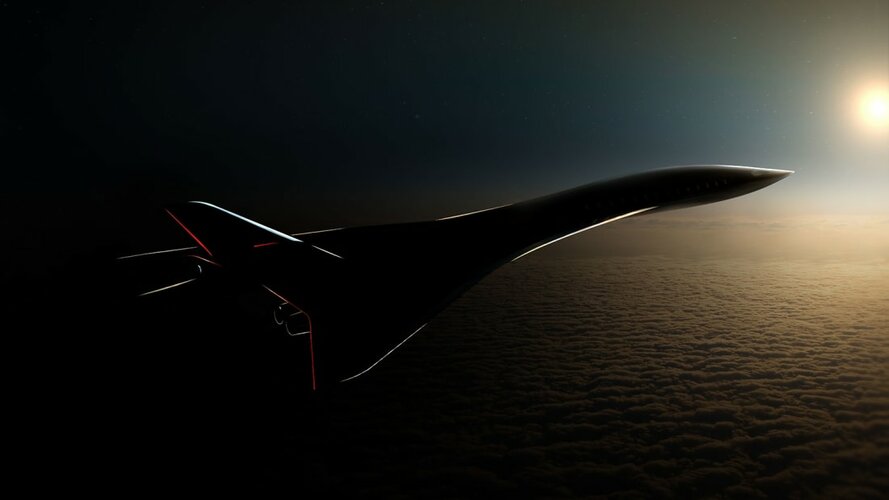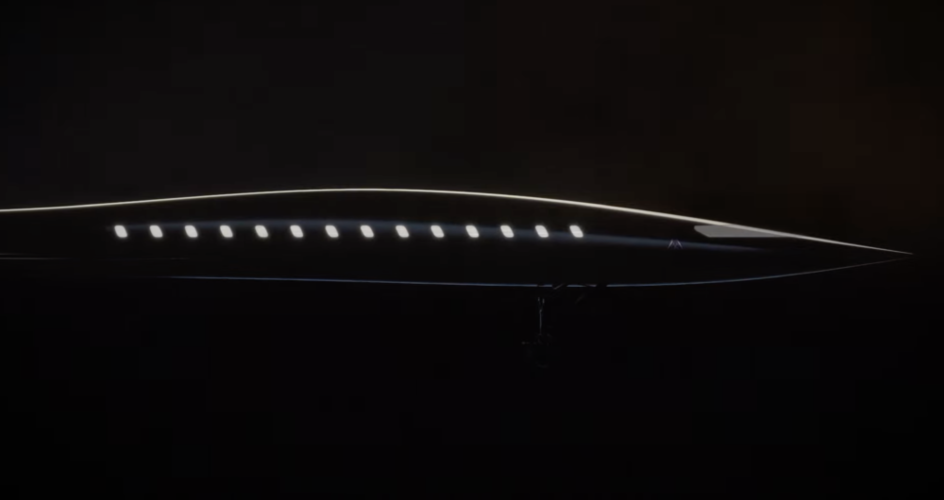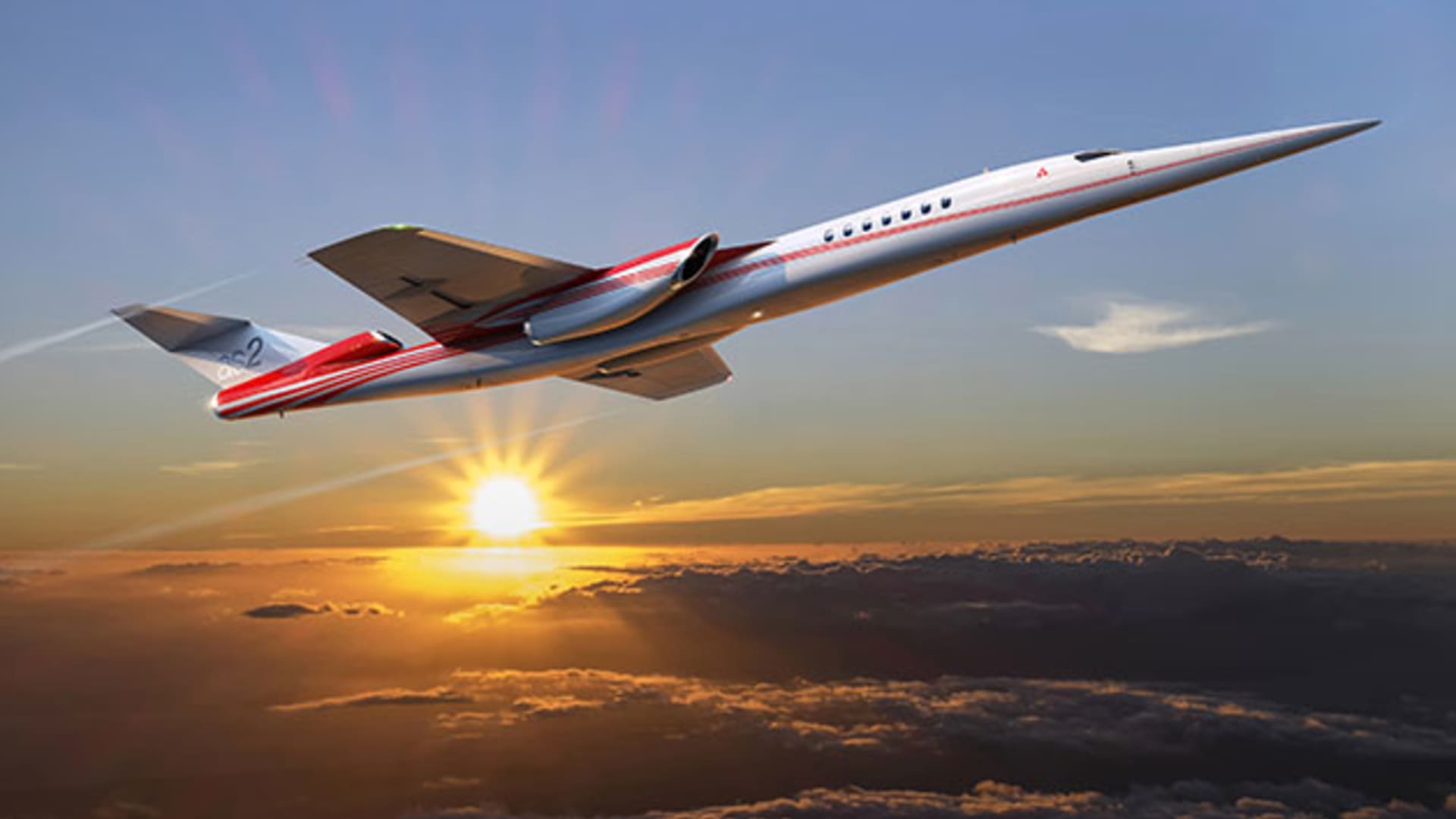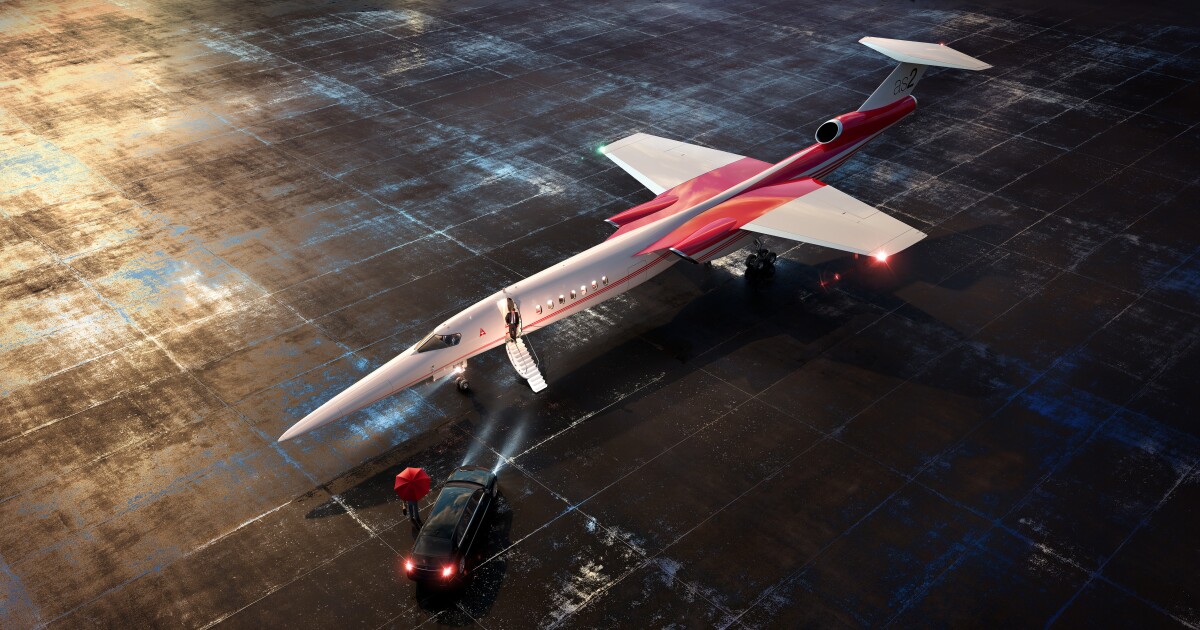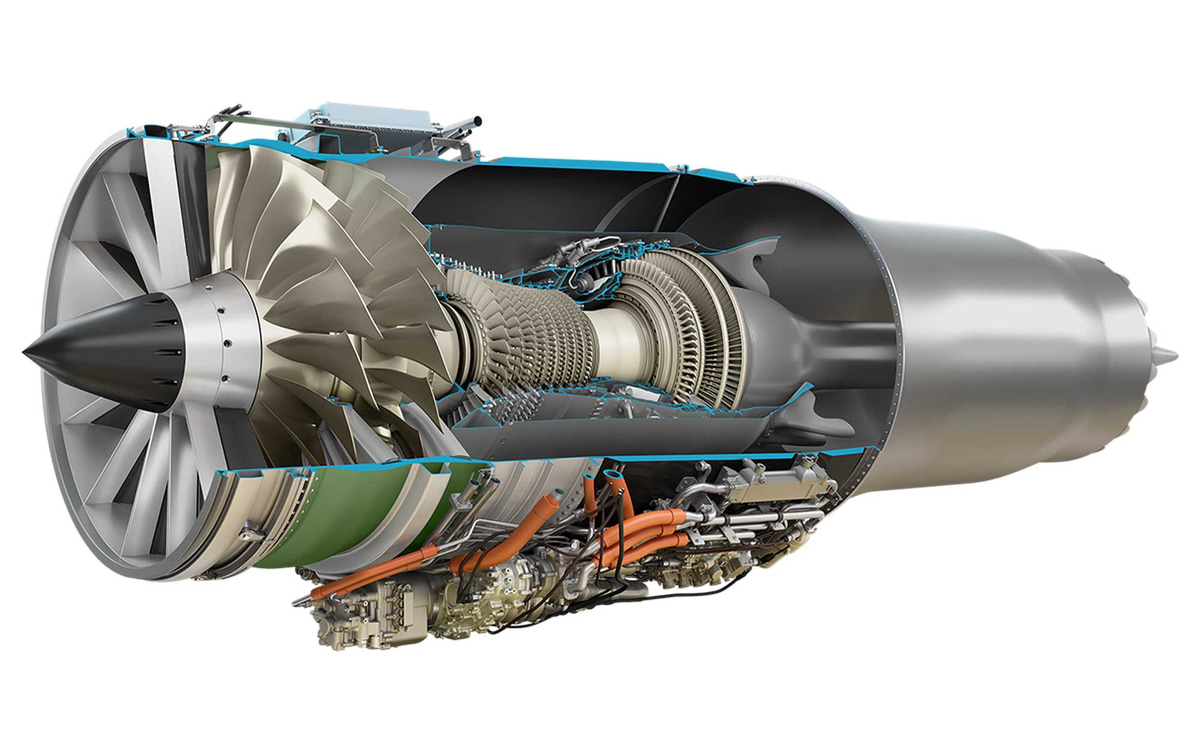This sudden rush to build brand new facilities before any attempt to produce something was quite suspicious.
And the Mach 4 project, too - I said it on top of that page: that was insane. And it will remain so for others.
If you want to "fly" very fast across the globe, don't go airbreathing inside the atmosphere: the sonic boom and the heat barrier are unforgiving.
It would rather put a rocket in the tail of a bizjet and fly suborbital, point to point. No atmosphere, no sonic boom, no heat barrier, no complex airbreathing engines.
Present day technologie would allow a turbofans-and-rocket spaceplane to fly a 7000 to 12 000 km ballistic hop at 6 km/s or 7 km/s with 10 mt or 20 mt of payload - enough for a large bizjet or an Hercules -class cargo transport.
Very basic rocketry and ballistics could do the job. Musk has been smart enough to see that Starship without BFR underneath could very much become a "suborbital 747" or a "ballistic A380".
It is in fact a very simple calculation. Propellant mass fraction 0.85 ; specific impulse of a non-LH2 prop combination: 330 to 380.
End result: 6.5 km/s. Next step: how far can you go on ballistics / suborbital with 6.5 km/s ? answer: 10 000 km.
1-(36/240) = 0.85
9.81*345*ln((240)/(36)) = 6420 m/s
For an all-rocket ballistic vehicle like Starship.
Now, pushing to mach 1 using turbofans can add 1100 m/s; to mach 2: 1600 m/s and to mach 3: 2000 m/s.
Of course if you use turbofans you need other bits of aircraft around it (wings, tail, undercarriage...); making difficult to stick with the mach 0.85 propellant mass fraction.
9.81*345*ln((240)/(36))+2000 = 8420 m/s - tantalizing close from orbit, but not orbit because it would need 9200 m/s.
Add 12 mt of payload: 9.81*345*ln((240+12)/(36+12))+2000 = 7612 m/s with 12 mt of payload.
Whatever, even when failing to orbit, the document below tell us (page 20 - 30 of the pdf) : a ballistic range of 12 000 km is possible, plenty enough to fly between continents.
A very good read, in passing.
 aviationweek.com
aviationweek.com

 aerionsupersonic.com
aerionsupersonic.com

 aerionsupersonic.com
aerionsupersonic.com

